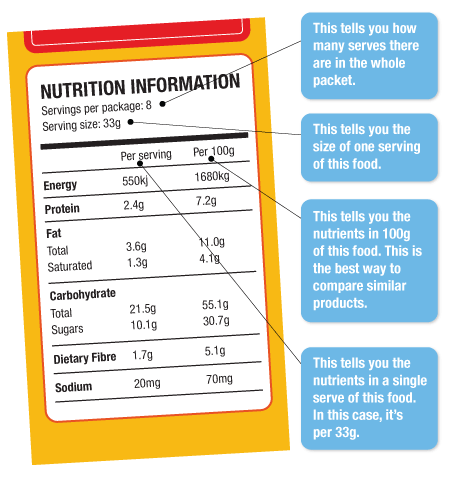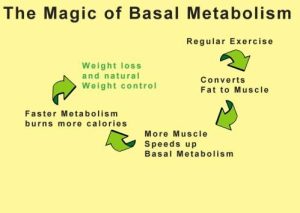
In today’s health-conscious world, people are becoming increasingly aware of the importance of reading food labels. Food labels provide vital information about the nutritional content of the products we consume. However, understanding the information presented on these labels can often feel like decoding a complex puzzle. This article aims to demystify food labeling by breaking down the key components of nutrition facts and providing practical tips for making informed dietary choices.
Understanding Serving Size
One of the first things to look for on a food label is the serving size. Serving size refers to the recommended portion of the product that the nutrition facts are based on. It is essential to note that the serving size may not necessarily reflect the amount you typically consume in one sitting.
To accurately assess the nutritional content of a food product, you must adjust the values listed on the label according to your actual consumption. For example, if the serving size is half a cup, but you consume a full cup, you need to double the values presented on the label accordingly.
Calories: The Energy Currency
The calorie content on a food label indicates the amount of energy supplied by a serving of the product. Calories are essential for fueling our bodies’ functions and activities. However, it’s crucial to balance calorie intake with the expenditure to maintain a healthy weight.
Understanding the caloric content of a food item allows you to manage your daily calorie intake effectively. Whether you are aiming to lose weight, maintain your current weight, or fuel an active lifestyle, monitoring calories is key.
Fat: The Good, the Bad, and the Ugly
Fat is a macronutrient vital for various bodily functions. However, not all fats are created equal. Food labels typically list total fat and break it down into saturated fats and trans fats. Saturated fats, commonly found in animal products and some tropical oils, should be consumed in moderation as excessive intake can raise cholesterol levels and increase the risk of heart disease.
Trans fats, also known as hydrogenated or partially hydrogenated oils, are artificial fats formed through a manufacturing process that prolongs shelf life. These fats should be avoided as they have been linked to a higher risk of heart disease.
On the other hand, unsaturated fats, such as monounsaturated and polyunsaturated fats, are considered healthy fats and can provide numerous health benefits. These fats are found in foods like avocados, nuts, and fatty fish.
Carbohydrates: Fuel for the Body
Carbohydrates are the body’s primary source of energy. Food labels generally divide carbohydrates into dietary fiber, sugars, and total carbohydrates. Dietary fiber is essential for proper digestion and can help regulate blood sugar levels and promote cardiovascular health.
Sugars, on the other hand, should be consumed in moderation, as excessive sugar intake is associated with various health issues such as obesity, diabetes, and tooth decay. It’s important to remember that not all sugars are added sugars. Some sugars can naturally occur in products like fruits, while added sugars are those included during food processing.
Protein: Building Blocks of Life
Protein is essential for building and repairing tissues, producing enzymes and hormones, and supporting a healthy immune system. When reading food labels, look for the total protein content per serving. The recommended daily protein intake varies based on factors such as age, gender, and activity level.
Vitamins and Minerals: Micronutrients Matter
Vitamins and minerals, although required in small amounts, play crucial roles in maintaining good health. Food labels often list specific vitamins and minerals and their respective percentages, indicating the percentage of the recommended daily intake provided by a serving.
It is important to note that while a food product may contain high percentages of certain vitamins and minerals, it should not be solely relied upon as the primary source of those nutrients. A varied and balanced diet is essential to ensure adequate micronutrient intake.
The Ingredients List: Unveiling Hidden Substances
The ingredients list provides vital information about the components used to make the product. Ingredients are listed in descending order by weight, meaning that the first ingredient is the most abundant in the product.
When reading the ingredients list, be cautious of terms like “artificial flavors,” “high-fructose corn syrup,” or “partially hydrogenated oils,” as they indicate potentially unhealthy additives. Opting for products with shorter ingredients lists and recognizable, whole food ingredients is generally a healthier choice.
Putting It All Together: Making Informed Choices
Decoding nutrition facts on food labels empowers you to make informed dietary choices that align with your health goals. Consider factors such as serving size, calories, fats, carbohydrates, protein, and the vitamins and minerals provided. Additionally, pay attention to the ingredients list, aiming for products that are minimally processed and contain mostly whole food ingredients.
Remember, food labeling is just one tool to aid in making healthy choices. A well-balanced and varied diet, coupled with regular physical activity, is key to overall health and well-being.


